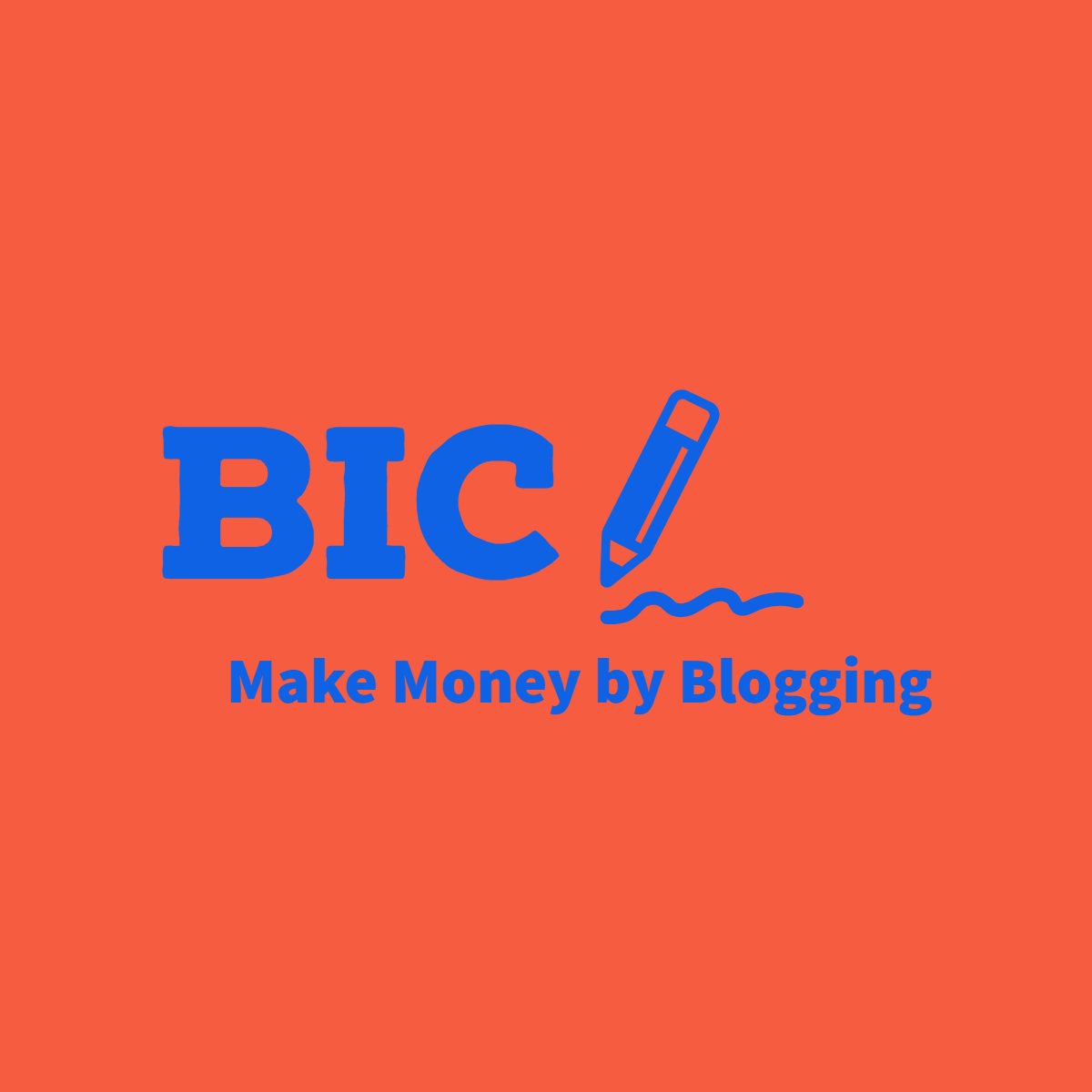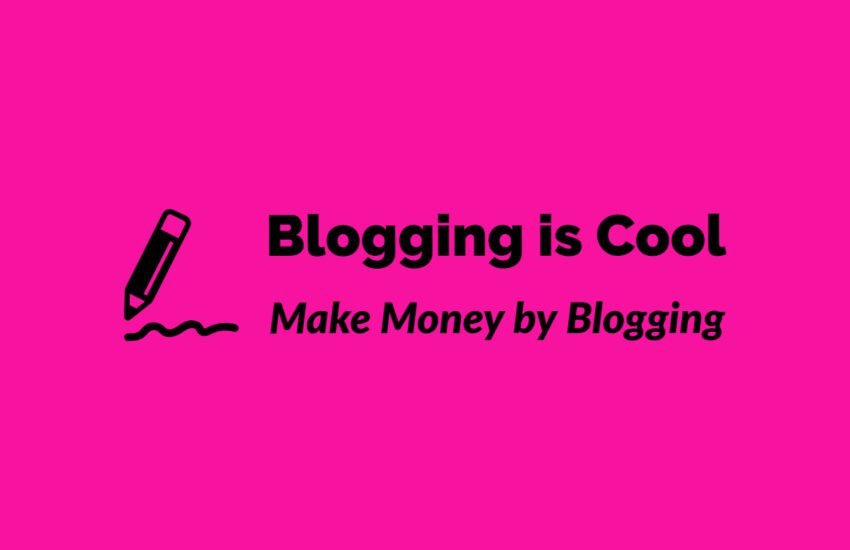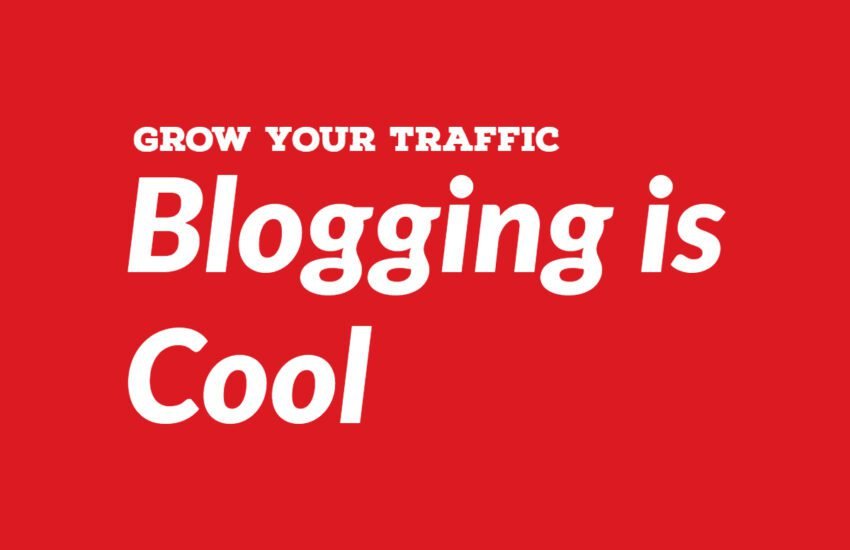How to Write Engaging Blog Post Headlines for Traffic to Your Blog
When it comes to blogging, one of the most important elements of a successful post is the headline.
A compelling headline can capture the attention of your audience and entice them to click through to read your blog post.
- Tips for Writing Blog Post Headlines
- Conclusion
- Frequently Asked Questions
- 1. What is the importance of blog post headlines in driving traffic to your blog?
- 2. What are the key elements of an engaging blog post headline?
- 3. How can bloggers leverage the power of emotional triggers in crafting headlines?
- 4. How can bloggers incorporate SEO keywords into their blog post headlines without sacrificing engagement?
- 5. How can bloggers use numbers and statistics effectively in blog post headlines to attract readers?
- 6. How can bloggers leverage curiosity and intrigue in crafting headlines to encourage clicks?
- 7. How can bloggers incorporate storytelling techniques into their headlines to captivate readers?
- 8. How can bloggers optimize headline length for maximum impact and engagement?
- 9. How can bloggers use headline formulas and templates to streamline the headline-writing process?
- 10. How can bloggers incorporate urgency and scarcity tactics into their headlines to drive immediate action?
Tips for Writing Blog Post Headlines
In this article, we will discuss some tips and strategies for writing engaging blog post headlines that drive traffic to your blog.
1. Understand Your Audience
The first step in writing an engaging blog post headline is to understand your audience. Who are they? What are their interests and pain points?
By knowing your audience, you can create headlines that resonate with them and address their needs. Take the time to research and analyze your target audience to gain insights into what types of headlines will grab their attention.
2. Use Numbers and Lists
Numbers and lists are effective in grabbing attention and providing a clear structure for your blog post. Headlines that include numbers, such as “5 Tips for…” or “10 Ways to…” are not only eye-catching but also give readers a sense of what to expect.
Lists, on the other hand, break down information into easily digestible chunks, making it more appealing for readers to click through and read your post.
3. Create a Sense of Urgency
People are more likely to take action when they feel a sense of urgency. By incorporating words like “now,” “today,” or “limited time” in your headlines, you can create a sense of urgency that compels readers to click through and read your blog post.
For example, a headline like “Discover the Secret to Success Today” creates a sense of urgency and entices readers to find out more.
4. Use Strong Adjectives
Using strong adjectives in your blog post headlines can make them more compelling and captivating.
Words like “amazing,” “essential,” “ultimate,” or “incredible” can add a sense of excitement and intrigue to your headlines, making readers curious to learn more. However, be careful not to overuse adjectives and make your headlines sound exaggerated or unrealistic.
5. Incorporate Keywords
Keywords play a crucial role in search engine optimization (SEO) and can help drive organic traffic to your blog. Incorporate relevant keywords in your headlines to increase the chances of your blog post appearing in search engine results.
However, make sure to use keywords naturally and avoid keyword stuffing, as it can negatively impact your SEO efforts.
6. Spark Curiosity
Curiosity is a powerful motivator. By creating headlines that spark curiosity, you can pique the interest of your audience and make them want to click through to read your blog post.
Use intriguing statements or ask thought-provoking questions in your headlines to generate curiosity and make readers curious to find out more.
7. Keep it Short and Sweet
While it’s important to create compelling headlines, it’s equally important to keep them concise.
Long, convoluted headlines can be overwhelming and may deter readers from clicking through to read your blog post.
Aim for headlines that are clear, concise, and to the point. Ideally, your headline should be around 6-8 words long.
8. Test and Analyze
Lastly, don’t be afraid to test different headline variations and analyze their performance.
Use tools like Google Analytics to track the click-through rates of your blog post headlines.
By analyzing the data, you can gain insights into what types of headlines resonate best with your audience and adjust your future headline strategies accordingly.
Conclusion
Writing engaging blog post headlines is essential for driving traffic to your blog.
By understanding your audience, using numbers and lists, creating a sense of urgency, incorporating strong adjectives, incorporating keywords, sparking curiosity, keeping it short and sweet, and testing and analyzing your headlines, you can increase the click-through rates and ultimately drive more traffic to your blog.
Frequently Asked Questions
1. What is the importance of blog post headlines in driving traffic to your blog?
Blog post headlines play a crucial role in attracting readers’ attention and encouraging them to click through to your blog.
They serve as the first impression of your content and can significantly impact click-through rates, search engine visibility, and social media engagement.
Compelling headlines grab readers’ interest, communicate the value of your content, and entice them to explore further, making them essential for driving traffic to your blog.
2. What are the key elements of an engaging blog post headline?
An engaging blog post headline typically includes the following key elements:
– Clarity: Clearly communicates the topic or main idea of the blog post.
– Relevance: Aligns with the content of the blog post and addresses the needs or interests of the target audience.
– Intrigue: Sparks curiosity or interest in the reader by posing a question, making a bold statement, or hinting at valuable information or insights.
– Actionability: Encourages the reader to take action, such as clicking through to read the full post or engaging with the content in some way.
– Emotional appeal: Evokes emotion or sentiment that resonates with the reader, whether through humor, empathy, inspiration, or urgency.
3. How can bloggers leverage the power of emotional triggers in crafting headlines?
Bloggers can leverage the power of emotional triggers in crafting headlines by:
– Identifying target emotions: Determine which emotions are most relevant to your target audience and align with the tone and topic of your content, whether it’s joy, surprise, fear, anger, sadness, or anticipation.
– Using power words: Incorporate emotionally charged words and phrases that evoke specific feelings or reactions, such as “amazing,” “life-changing,” “shocking,” “inspiring,” “heartwarming,” or “urgent.”
– Tapping into pain points: Address common pain points, challenges, or frustrations experienced by your audience and offer solutions, insights, or reassurance that resonate emotionally.
– Creating empathy: Connect with readers on a personal level by sharing stories, experiences, or testimonials that evoke empathy, understanding, or relatability.
– Evoking curiosity: Use curiosity-driven headlines that pique readers’ interest and compel them to learn more, such as posing questions, teasing valuable insights, or promising unexpected revelations.
4. How can bloggers incorporate SEO keywords into their blog post headlines without sacrificing engagement?
Bloggers can incorporate SEO keywords into their blog post headlines without sacrificing engagement by:
– Prioritizing readability: Ensure that headlines are clear, concise, and easy to understand for both readers and search engines, avoiding keyword stuffing or unnatural phrasing.
– Balancing relevance and appeal: Strike a balance between optimizing headlines for search engines with relevant keywords and making them engaging and compelling for human readers.
– Using long-tail keywords: Incorporate long-tail keywords or phrases that are more specific and targeted to your niche or audience, offering opportunities for natural integration into headlines.
– Tailoring headlines for intent: Align headlines with the search intent of your target audience, whether it’s informational, navigational, or transactional, to increase relevance and visibility in search results.
– Testing and iterating: Experiment with different headline variations and monitor performance metrics, such as click-through rates, search impressions, and rankings, to identify effective keyword strategies and refine headline optimization over time.
5. How can bloggers use numbers and statistics effectively in blog post headlines to attract readers?
Bloggers can use numbers and statistics effectively in blog post headlines to attract readers by:
– Providing specificity: Incorporate specific numbers, percentages, or data points into headlines to offer tangible benefits, insights, or promises to readers.
– Enhancing credibility: Leverage numbers and statistics to add credibility and authority to your content, demonstrating that it is well-researched, data-driven, and valuable to readers.
– Increasing curiosity: Use odd or unexpected numbers, such as “7,” “13,” or “101,” to capture readers’ attention and spark curiosity about the content of the blog post.
– Highlighting key points: Use numbered lists or bullet points in headlines to highlight key points, benefits, or takeaways of the blog post, making it easier for readers to scan and digest the information.
– A/B testing: Experiment with different headline formats, such as “X Ways to…” or “The Top X Tips for…,” and analyze performance metrics to determine which numerical formats resonate best with your audience and drive the highest engagement.
6. How can bloggers leverage curiosity and intrigue in crafting headlines to encourage clicks?
Bloggers can leverage curiosity and intrigue in crafting headlines to encourage clicks by:
– Posing questions: Pose thought-provoking questions in headlines that stimulate readers’ curiosity and compel them to click through to find answers or solutions.
– Teasing valuable insights: Hint at valuable information, insights, or revelations in headlines without giving away all the details, leaving readers curious and eager to learn more by clicking through.
– Using cliffhangers: Create headlines that evoke a sense of anticipation or suspense, leaving readers hanging and eager to uncover the rest of the story or content by clicking through to the blog post.
– Offering exclusivity: Use headlines that promise exclusive or insider access to valuable content, resources, or opportunities, making readers feel special and motivated to click through to access the content.
– Creating curiosity gaps: Introduce a curiosity gap in headlines by hinting at missing information or incomplete ideas, enticing readers to click through to fill the gap and satisfy their curiosity.
7. How can bloggers incorporate storytelling techniques into their headlines to captivate readers?
Bloggers can incorporate storytelling techniques into their headlines to captivate readers by:
– Using narrative elements: Infuse headlines with narrative elements such as characters, conflict, resolution, or emotional arcs that resonate with readers and draw them into the story.
– Creating intrigue: Craft headlines that set up a compelling narrative or story arc, teasing the beginning of a story or journey that readers want to follow through to the end by clicking through to the blog post.
– Eliciting emotion: Tap into readers’ emotions by using storytelling techniques that evoke empathy, curiosity, excitement, or suspense, making headlines more relatable and engaging.
– Providing context: Provide context or background information in headlines that sets the stage for the story or content of the blog post, helping readers understand the relevance and significance of the narrative.
– Using vivid imagery: Use descriptive language and vivid imagery in headlines to paint a picture in readers’ minds, transporting them into the story world and making the content more memorable and impactful.
8. How can bloggers optimize headline length for maximum impact and engagement?
Bloggers can optimize headline length for maximum impact and engagement by:
– Keeping it concise: Aim for headline lengths that are concise and to the point, typically between 50 to 70 characters or 6 to 9 words, to ensure clarity and readability across different platforms and devices.
– Front-loading key information: Place the most important keywords, information, or hooks at the beginning of the headline to capture readers’ attention quickly and encourage them to click through for more.
– Testing different lengths: Experiment with headline lengths, ranging from short and punchy to longer and more descriptive, and analyze performance metrics to determine which lengths resonate best with your audience and drive the highest engagement.
– Considering platform constraints: Take into account platform-specific constraints, such as character limits on social media or search engine results pages, and tailor headline lengths accordingly to maximize visibility and effectiveness.
– Focusing on impact: Prioritize impact and effectiveness over strict adherence to specific character or word counts, focusing on crafting headlines that are compelling, clear, and relevant to your audience.
9. How can bloggers use headline formulas and templates to streamline the headline-writing process?
Bloggers can use headline formulas and templates to streamline the headline-writing process by:
– Leveraging proven formulas: Use established headline formulas and templates, such as “How-to” guides, listicles, questions, challenges, or templates like “X Ways to…” or “The Ultimate Guide to…,” to structure headlines and generate ideas quickly.
– Customizing for relevance: Customize headline formulas and templates to fit the specific topic, audience, and tone of your blog post, ensuring that headlines are relevant, engaging, and aligned with the content.
– A/B testing variations: Experiment with different headline formulas, structures, or templates, and test variations to identify which ones resonate best with your audience and drive the highest engagement.
– Analyzing performance metrics: Monitor performance metrics such as click-through rates, social shares, and engagement levels to evaluate the effectiveness of different headline formulas and templates and refine your approach over time.
– Staying creative and flexible: While headline formulas and templates can provide structure and inspiration, don’t be afraid to think creatively and experiment with new approaches or combinations to keep headlines fresh and engaging.
10. How can bloggers incorporate urgency and scarcity tactics into their headlines to drive immediate action?
Bloggers can incorporate urgency and scarcity tactics into their headlines to drive immediate action by:
– Using time-sensitive language: Include time-sensitive phrases or words such as “limited time,” “act now,” “today only,” or “ending soon” to create a sense of urgency and motivate readers to take action quickly.
– Highlighting exclusivity: Emphasize the exclusive or limited availability of valuable content, resources, or opportunities in headlines to make readers feel privileged and compelled to click through before missing out.
– Offering incentives: Incorporate incentives or rewards for immediate action, such as discounts, bonuses, or freebies, in headlines to sweeten the deal and encourage readers to act swiftly.
– Creating fear of missing out (FOMO): Play on readers’ fear of missing out on valuable information, insights, or opportunities by using language that emphasizes scarcity, competition, or potential loss in headlines.
– Reinforcing benefits: Clearly communicate the benefits or value of taking immediate action in headlines, reinforcing the rewards or outcomes readers can expect by clicking through and engaging with the content.
By incorporating these strategies and techniques into their headline-writing process, bloggers can create engaging, compelling, and effective headlines that drive traffic to their blogs and attract and retain readers’ attention.


